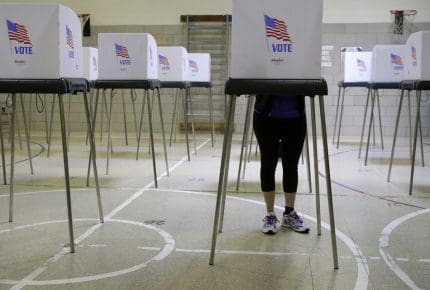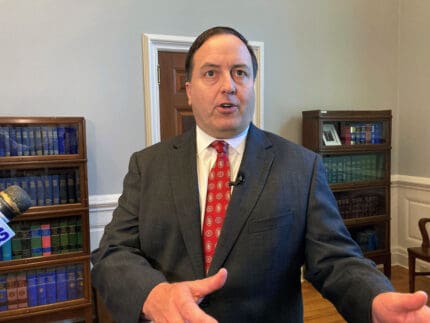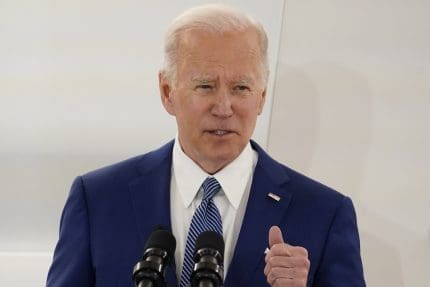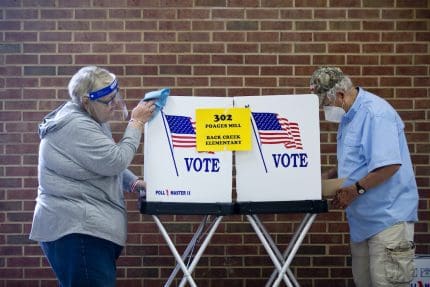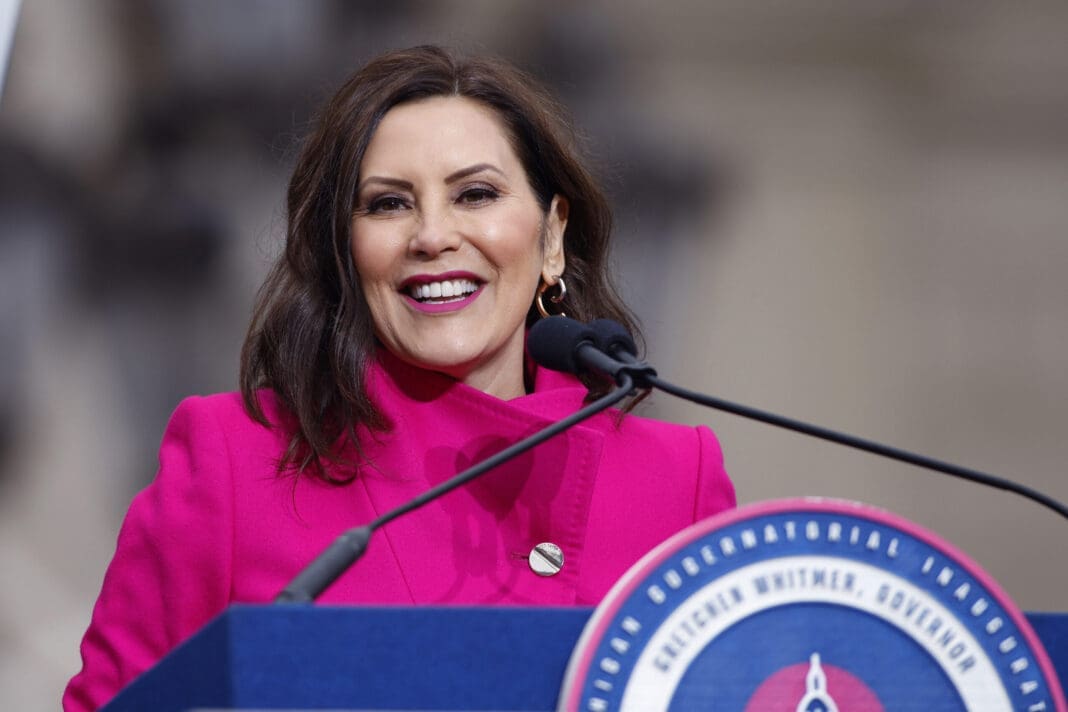Fact check: Trump is wrong about dangers of coronavirus
Trump has claimed without evidence that the virus is not as dangerous as the flu.

Donald Trump is painting a misleading portrait of the risks of the coronavirus, citing statistics to suggest it is far less dangerous than the flu when in fact, it’s not yet clear just how dangerous the new virus is.
A look at his claim at a news briefing Wednesday:
TRUMP: “The flu in our country kills from 25,000 people to 69,000 people a year, that was shocking to me. And so far if you look at what we have with the 15 people, and they are recovering.”
THE FACTS: His remarks on the coronavirus risks are misleading. Scientists don’t know enough about how deadly the new virus actually is, and so far it hasn’t infected nearly as many people as the flu.
Flu deaths fluctuate depending on which strain is circulating and how well each year’s vaccine is working, but Trump’s cited range is in the ballpark. Two flu seasons ago, the Centers for Disease Control and Prevention estimated there were 80,000 U.S. deaths, the highest death toll in at least four decades. This year’s flu season isn’t as deadly; so far this season, the CDC estimates there have been 16,000 to 41,000 deaths from the flu.
As to COVID-19, an illness characterized by fever and coughing and in serious cases shortness of breath or pneumonia, there are now 60 cases in the United States with no deaths reported. In addition to the 15 Trump referenced, 45 others were among groups the U.S. government evacuated and quarantined from either China or the Diamond Princess cruise ship.
In the hardest-hit part of China, the death rate from the new coronavirus was between 2% and 4%, while in other parts of China it was 0.7%. In contrast, the death rate from seasonal flu on average is about 0.1%, said Dr. Anthony Fauci of the U.S. National Institutes of Health. That’s far lower than what has been calculated so far for COVID-19. But millions of people get the flu every year around the world, leading to a global annual death toll in the hundreds of thousands.
Recommended

Ohio doctors fear effects of emergency abortion care case set to go before U.S. Supreme Court
A federal law that allows emergency departments to treat patients without regard to their ability to pay will be under U.S. Supreme Court scrutiny this week, and Ohio doctors are concerned about the case’s local impact on emergency abortion care.
By Susan Tebben, Ohio Capital Journal - April 23, 2024
House GOP votes to end flu, whooping cough vaccine rules for foster and adoptive families
A bill to eliminate flu and whooping cough vaccine requirements for adoptive and foster families caring for babies and medically fragile kids is heading to the governor’s desk.
By Anita Wadhwani, Tennessee Lookout - March 26, 2024
U.S. House Speaker Johnson says IVF should be protected — just not by Congress
U.S. House Speaker Mike Johnson said Thursday that it’s up to states and not Congress to preserve access to in vitro fertilization, weighing in on a growing national debate and campaign issue.
By Jennifer Shutt, States Newsroom - March 14, 2024




















